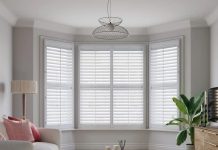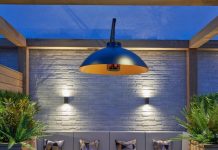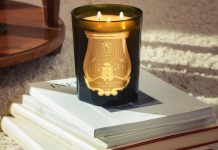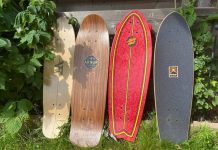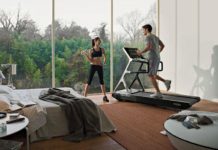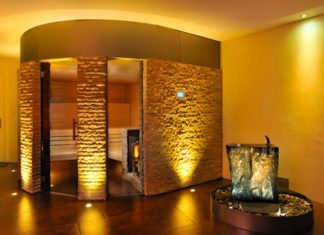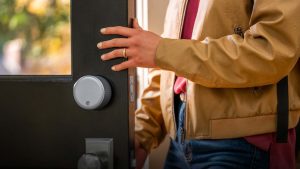
These days, safety is one of the primary concerns of homeowners across the globe. After all, you want to ensure that your home and family remain safe at all times. More often than not, the best way to do that is by installing a sturdy door-locking mechanism to prevent potential intruders from entering your property.
And it’s not enough to simply find one that ‘looks right’ when navigating the various types of door locks. Instead, you must consider several factors, such as the type of door you have, the level of security you require, and the requirements of your home insurance. To help you sift through all your options on the market, I’ve put together this handy guide that covers the main types of durable and secure door latches Australia-wide.
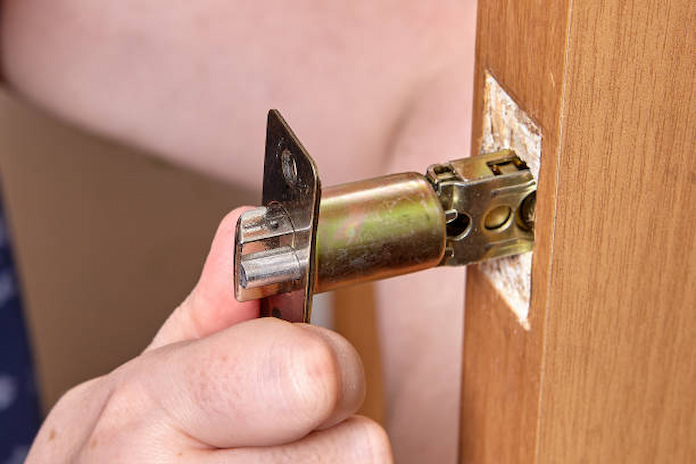
Mortice Lock
This is one of the most widely available and secure models. It comes in a variety of styles and types, which can be confusing, so we’ll break down the most popular mortice lock for exterior use. It’s also known as a deadlock or a sash lock, due to the deadbolt being operated by a key from one side and a handle from the other.
This is a one-of-a-kind lock that fits into the door’s edge. The cylinders are installed in a hollow or morticed door edge, hence the name. It’s not uncommon for home insurance companies to require that a door be secured with a mortice lock in order to meet the terms and conditions of the policy.
One of the most common types of door locks is a 5 lever mortice lock. The additional levers provide adequate protection for both your interior and exterior doors. The deadlock is usually installed on wooden doors and is lockable from the outside and inside with a key.
If your 5-lever mortice deadlock is not BS362 compliant, you should add a night latch as an extra layer of security. One of the benefits of mortice locks is that they are more difficult for intruders to force open than other traditional types of cylinder locks.
Multipoint Door Latch
If you want to add an extra layer of security to your exterior doors, multipoint locking systems are ideal. When the door is closed, multiple locking points along the length of the lock will lock into the door frame. The locking system will have a minimum of three locking points and can have up to seven. These additional locking points make it more difficult for would-be thieves to pry open the door from the top or bottom.
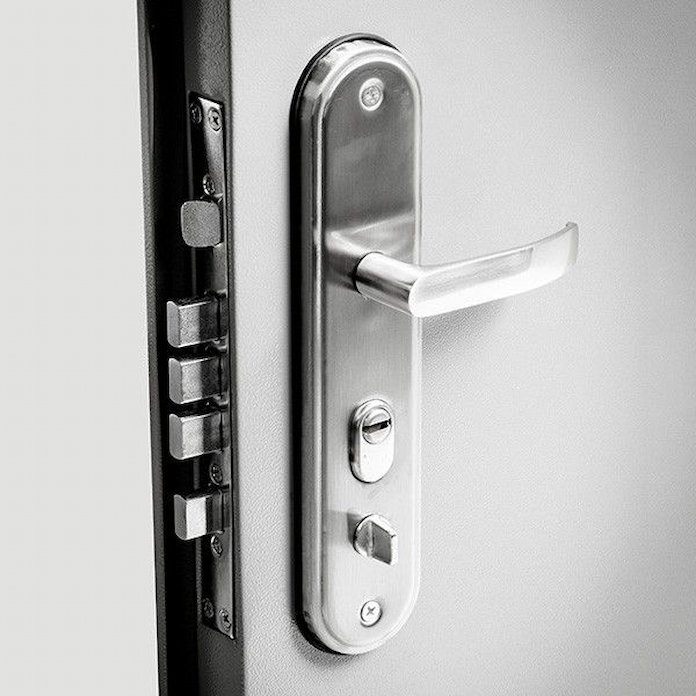
A multipoint locking system can be identified by the following: The door is usually made of uPVC or composite material. To lock the door, you raise the door handle. When you turn the key, the door locks at multiple points along its height, and the multiple lock points all lock at the same time.
Rim Deadlatch
Rim locks are also known as ‘Yale locks’ or ‘night latches’. This type of lock is commonly found on front doors and is attached to the door’s inner surface. When the door is closed for security reasons, the night latch automatically latches it shut.
However, you can prevent the device from instantly locking by ‘keeping the door on the latch,’ as the phrase goes. Night latches come in a variety of styles, including the standard night latch, the deadlocking night latch, the auto deadlocking night latch, and the double-locking night latch.
Deadlatches (night latches) are commonly found on wooden, timber, and glass-panelled doors. You can find different types of door latches Australia-wide since it is one of the easiest locks to use because it has an automatic shutting process, which facilitates the locking process and increases the security of your home.
A key inserted in a rim cylinder allows it to be locked and unlocked from both sides. However, if the door automatically locks behind you, you may find yourself locked out when the door closes.
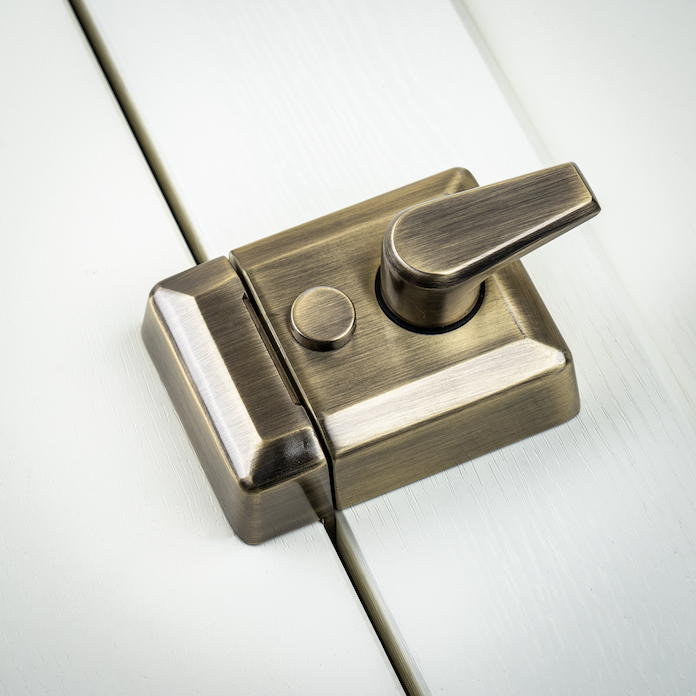
Euro Cylinder Lock
Euro cylinder locks are one of the most common types of door locks in the UK. The barrel-shaped lock is most commonly found on uPVC and composite doors.
Furthermore, these models are installed in some mortice deadlocks and sash locks on wood or aluminium doors. To deter opportunist thieves, modern euro cylinders include anti-snap, anti-pick, and anti-drill features, making them ideal for a variety of applications such as family properties, schools, offices, care homes, and hospitals, to name a few.
Euro cylinder locks are also available in two shapes: euro and oval, and can be single, double, or thumb-turn cylinders. A single key on one side can only operate a single cylinder. Double cylinders, on the other hand, are activated by a key on both sides of the door.
There are numerous security features available to prevent picking, snapping, drilling, and anti-bump locking. The same key can be used to unlock multiple cylinders, and a master key system can be applied, making them ideal for multi-office buildings. They are available in a variety of sizes and models, making them suitable for a variety of applications.

